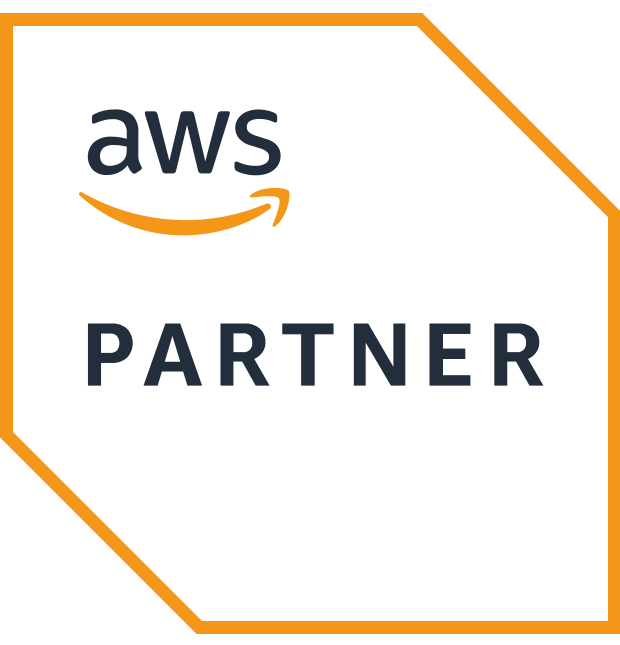Respondent, employment, and industry demographics

Who are our respondents, and where are they from?
Nationality
United States 34%
Canada 4%
Other 2%
United Kingdom 17%
Germany 6%
Italy 3%
Sweden 3%
Other 12%
Nigeria 3%
South Africa 3%
Other 2%
India 9%
Australia 1%
Other 3%
Age
*These results were taken from those respondents that specified their age.
Gender identity
Do you have a disability, or are you neurodivergent?
8% of respondents prefer not to specify whether they have a disability.
Ethnicity
| White or Caucasian | 46% |
| Asian | 20% |
| Black, African, or Caribbean | 9% |
| Hispanic or Latino | 5% |
| Mixed race or multiracial | 3% |
| Arab | 2% |
| Middle Eastern or North African | 1% |
| Native American or Native Alaskan | 1% |
| Sub-Saharan African | 1% |
| Another ethnic group | 2% |
| Unspecified ethnicity | 11% |
Education level
| Some high school, no diploma, GCSEs, or equivalent | 1% |
| High school graduate, diploma, A-level, or equivalent | 7% |
| Some college credit, no degree | 5% |
| Trade/technical/vocational training or qualification | 3% |
| Associate degree | 4% |
| Bachelor's degree | 43% |
| Master's degree | 35% |
| Doctorate or professional degree | 3% |
| Some high school, no diploma, GCSEs, or equivalent | 1% |
| High school graduate, diploma, A-level, or equivalent | 7% |
| Some college credit, no degree | 5% |
| Trade/technical/vocational training or qualification | 3% |
| Associate degree | 4% |
| Bachelor's degree | 43% |
| Master's degree | 35% |
| Doctorate or professional degree | 3% |
Information Technology
Computer Science
Software Engineering
Mathmatics
Engineering
Security clearance
US security clearance levels
| Secret clearance | 32% |
| TS/SCI-cleared (Top Secret/Sensitive Compartmented Information) | 32% |
| Public Trust | 9% |
| TS/SCI-cleared (with Counterintelligence [CI] Polygraph) | 9% |
| TS (Top Secret) Clearance | 5% |
| TS/SCI-cleared (with Full Scope Polygraph [FSP]) | 0% |
14% of the cleared US respondents prefer not to specify their security clearance level, so it is possible that some of these respondents held Full Scope Poly clearance.
UK security clearance levels
Here is a breakdown of the levels of clearance in the UK:
| Baseline Personnel Security Standard (BPSS) | 14% |
| Accreditation Check (AC) | 0% |
| Counter Terrorist Check (CTC)/Level 1B | 0% |
| Security Check (SC) | 57% |
| Enhanced Security Check (eSC) | 0% |
| Developed Vetting (DV) | 29% |
| Enhanced Developed Vetting (eDV) | 0% |
| NPPV3 | 0% |
| NPPV2 | 0% |
On average, our respondents with security clearance received an 18% salary increase after obtaining each clearance level.
Tenure
Respondents have stayed for an average of 5 years in each role throughout their career.
Years of experience
Overall work experience in the tech industry
On average, respondents have 16 years’ experience in the technology industry in total.
Let’s examine that in more detail:
Working experience with AWS in a commercial environment
On average, our respondents have five and a half years’ experience working with AWS in a commercial environment.
Let’s delve into that further:
Continue to read more about the types of organizations our respondents come from.
Employment status of respondents
Employer type
| End user (i.e. an AWS customer) | 61% |
| AWS Consulting Partner | 27% |
| AWS ISV (Independent Software Vendor) | 4% |
| I work for AWS | 8% |
What are respondents' professional levels?
Which industries are represented?
| IT services, software, and technology | 33% |
| Financial services | 9% |
| Consultancy/agency | 7% |
| Other | 51% |
What is the size of the organizations taking part?
What are the business models of the organizations represented?
Start-up organization
Microenterprise
SMB (Small and Medium-sized Business)
SME (Small and Medium-sized Enterprise)
Large enterprise organization
Other

Careers and Hiring Guide
AWS Edition 2025
Key Findings
Our key findings report contains highlights from this year’s Careers and Hiring Guide, plus our salary tables to allow you to compare your compensation or benchmark your teams’ salaries or rates no matter their role in the AWS ecosystem.


